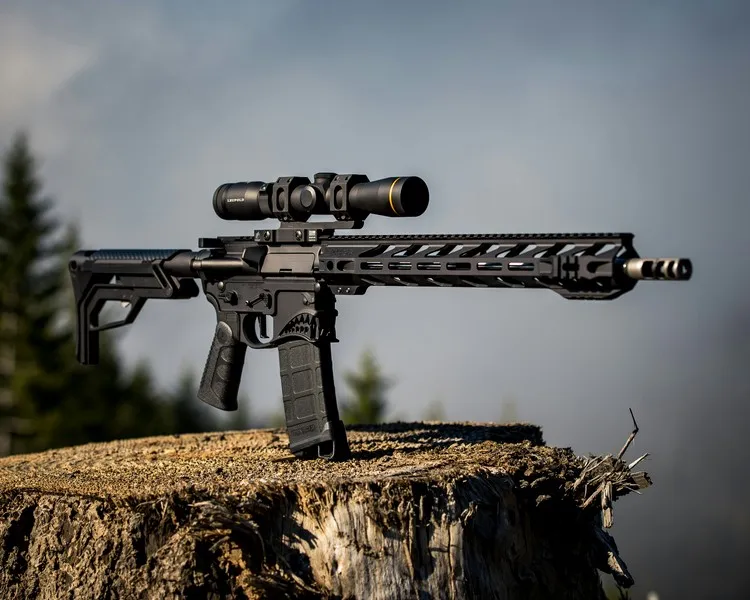Table of Contents
- Origins and Evolution of Military Capitalism
- The Structure of Military Capitalism
- Economic Dimensions of Military Capitalism
- Sociopolitical Implications of Military Capitalism
- Military Capitalism and Global Inequality
- Future Prospects and Challenges of Military Capitalism
- Conclusion
The intersection of military power and capitalist economies has increasingly shaped the global landscape in recent decades, a phenomenon often referred to as “military capitalism.” This concept captures the symbiotic relationship between military interests and capitalist economies, wherein the military-industrial complex not only supports but also drives economic activity and political decisions. While many may view capitalism and the military as distinct institutions with separate objectives, military capitalism underscores how these domains have merged, influencing everything from national economies to global geopolitics.
Military capitalism is not merely a theoretical construct but a visible, tangible force in the contemporary world. It encompasses the intricate relationships between government institutions, private industries, international politics, and societal values. Through exploring its historical roots, economic impact, sociopolitical implications, and influence on global power dynamics, this article aims to provide a comprehensive understanding of military capitalism and its effects on modern societies.
Origins and Evolution of Military Capitalism
Historical Foundations
The origins of military capitalism can be traced back to the early days of organized warfare. Historically, warfare has always required substantial resources—human, material, and financial. However, the Industrial Revolution marked a turning point, allowing for the large-scale production of weapons and machinery, which in turn fueled a demand for resources that only expanding capitalist enterprises could supply. The relationship between capitalism and the military became mutually beneficial: wars provided the incentive for technological innovation, and industrial growth, while capitalist enterprises provided the means for armies to expand and operate more efficiently.
The two world wars in the 20th century were particularly significant in cementing the relationship between the military and industry. During both World War I and World War II, governments engaged in large-scale mobilization of industries to produce everything from weapons to medical supplies. This gave rise to what President Dwight D. Eisenhower famously called the “military-industrial complex,” a network of relationships between the government, military, and private sector corporations. This complex has grown into a powerful entity, influencing policy, economic structures, and international relations.
Post-War Expansion and the Cold War Era
After World War II, the Cold War further entrenched military capitalism. The arms race between the United States and the Soviet Union led to continuous investment in military technology, fostering innovation and creating new markets. The production of nuclear weapons, submarines, and aerospace technology required substantial investment and advanced expertise, which private contractors largely supplied. This symbiotic relationship allowed capitalist markets to expand into the defense sector, and the military to access cutting-edge technological advancements.
The Cold War cemented the role of defense contractors, private military firms, and arms manufacturers in global economics. These entities not only supplied governments with military hardware but also began to influence political decisions. The line between private profit and public safety became blurred as military capitalism evolved into a system where private companies could profit from prolonged conflicts and arms races.
The Structure of Military Capitalism
The Military-Industrial Complex
The military-industrial complex remains central to understanding military capitalism. This complex is characterized by close ties between defense contractors, arms manufacturers, and government agencies. Defense contractors like Lockheed Martin, Boeing, and Northrop Grumman dominate the industry, with governments as their primary clients. These companies wield substantial influence due to the government’s reliance on them for defense needs.
The structure of military capitalism involves not only the production of weapons and technology but also the creation of strategic alliances that extend beyond national borders. For example, the United States frequently collaborates with NATO allies in defense ventures, sharing technology and intelligence. This cooperation serves dual purposes: enhancing security and expanding economic influence. For instance, by maintaining military bases in various countries, the U.S. not only projects power but also fosters economic dependencies.
The Rise of Private Military Companies (PMCs)
Private Military Companies (PMCs) represent another facet of military capitalism, emerging prominently in the late 20th century. PMCs are private entities that provide military services, including logistics, training, and combat support. Companies like Blackwater (now Academi) and DynCorp have been contracted by governments for operations in Iraq, Afghanistan, and other conflict zones. The privatization of military functions allows governments to outsource many traditional military roles to private companies, reducing direct political accountability while fostering an environment where private entities profit from conflict and insecurity.
PMCs illustrate the overlap between corporate interests and military objectives, as they often operate in regions where governments and corporations have stakes in resources or geopolitical influence. PMCs’ economic dependence on conflict raises ethical concerns regarding their motivations, as extended engagements often mean increased profits.
Economic Dimensions of Military Capitalism
The Role of Government Spending
Government spending is a driving force behind military capitalism, with countries allocating substantial portions of their budgets to defense. In the United States, defense spending consistently accounts for a significant percentage of the federal budget, supporting a vast network of private contractors and suppliers. This government investment not only funds military operations but also fuels technological innovation in areas such as aerospace, cyber-security, and artificial intelligence.
Military spending acts as an economic stimulus, creating jobs and generating demand for goods and services across various sectors. In communities where military bases and defense contractors are major employers, local economies become dependent on government defense budgets. Consequently, reductions in military spending can have severe economic consequences, a phenomenon known as “defense dependency.” This dependency creates political pressure to maintain or increase defense spending, even in times of peace.
International Arms Trade
The global arms trade is another critical component of military capitalism. Countries such as the United States, Russia, and China are major arms exporters, supplying weapons to allied nations and regions experiencing conflict. The sale of arms to foreign governments not only generates revenue but also extends political influence. For instance, arms sales to Middle Eastern countries by Western nations create dependencies that can affect diplomatic relations and strategic alliances.
The arms trade also introduces ethical dilemmas, as arms are often sold to governments with poor human rights records or unstable political systems. While these sales are framed as necessary for national security, they reveal the profit-driven motives behind military capitalism. The arms trade perpetuates cycles of violence and instability, with economic benefits accruing to arms manufacturers and governments engaged in the trade.
Sociopolitical Implications of Military Capitalism
Get the full article AD FREE. Join now for full access to all premium articles.
View Plans & Subscribe Already a member? Log in.





